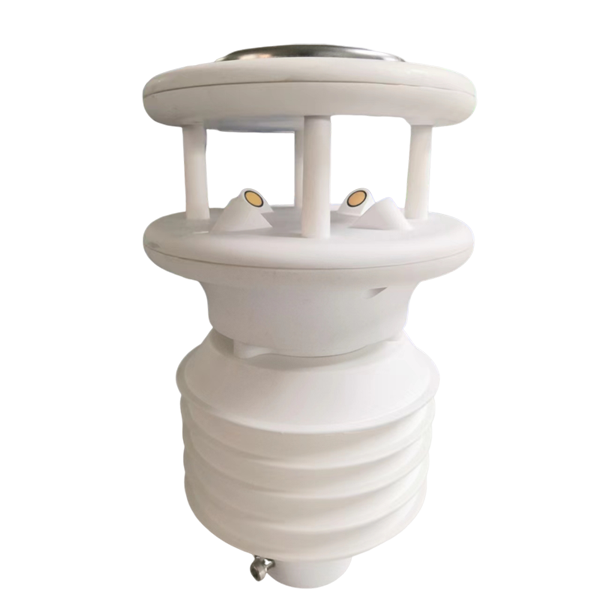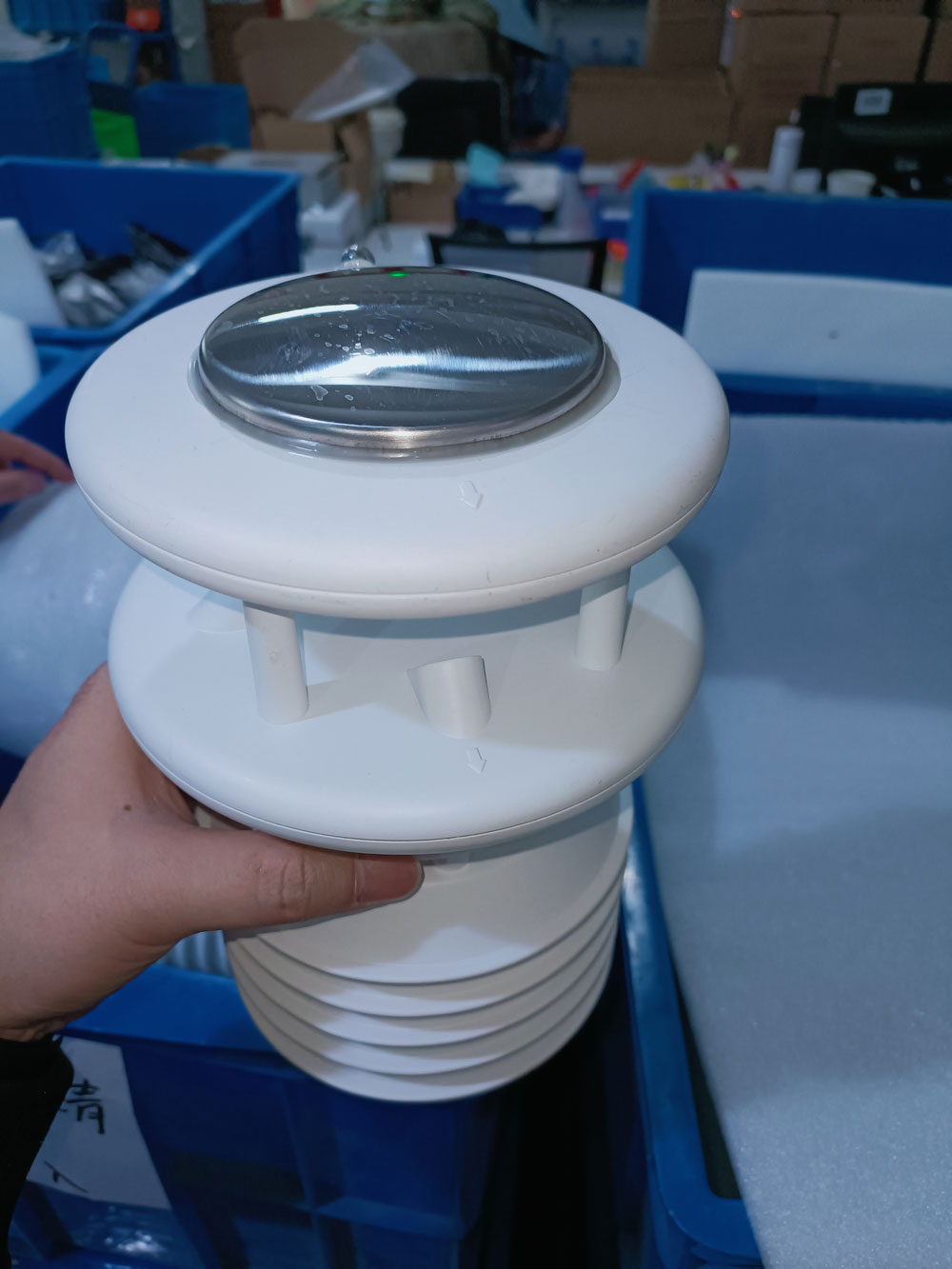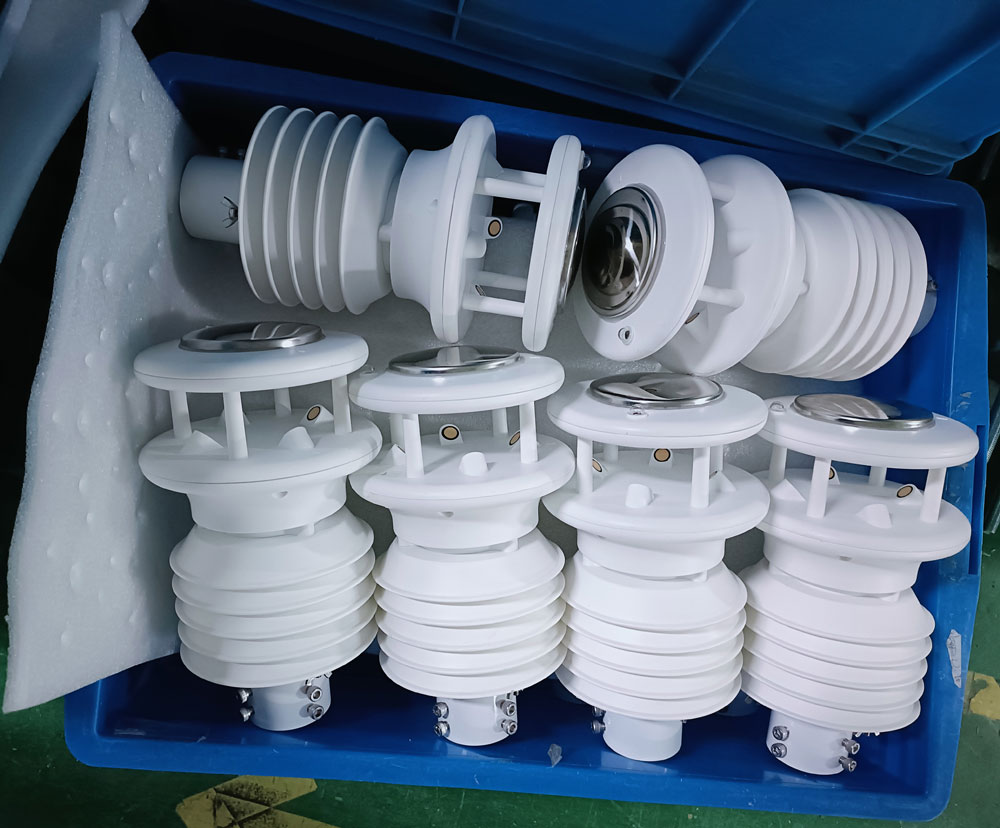

— Blogs —
—Products—
 Consumer hotline +8618073152920
Consumer hotline +8618073152920 WhatsApp:+8615367865107
Address:Room 102, District D, Houhu Industrial Park, Yuelu District, Changsha City, Hunan Province, China
Product knowledge
Time:2025-04-03 14:30:30 Popularity:103
With the rapid development of technology, the field of meteorological monitoring has seen revolutionary advancements, especially with the emergence of ultrasonic small-scale weather stations. These devices use ultrasonic technology to precisely monitor multiple weather elements such as wind speed, wind direction, temperature, and humidity, playing an increasingly important role in agriculture, urban management, environmental protection, and many other fields. Compared to traditional mechanical weather instruments, ultrasonic weather stations offer higher accuracy, lower maintenance costs, and stronger adaptability, making them an innovative representative of modern meteorological monitoring.
 |  |  |  |  |
| Ultrasonic Snow Depth Sensor | All-in-One Ultrasonic Weather Station | 5 in1 Ultrasonic Weather Station Sensor | 6 in1 Ultrasonic Weather Station Sensor | 7 in1 Ultrasonic Weather Station Sensor |
The core technology of ultrasonic small-scale weather stations is based on the principle of ultrasonic wave propagation. Specifically, they use multiple ultrasonic sensors to emit and receive ultrasonic signals in order to measure wind speed, wind direction, and other meteorological parameters. In this system, the ultrasonic signals travel through the air, and their propagation speed is affected by environmental factors such as temperature, humidity, and wind speed. By comparing the time differences in signal propagation, the device can accurately calculate wind speed, direction, and other parameters.
Additionally, temperature and humidity sensors are used to monitor the surrounding environmental temperature and humidity in real-time, ensuring the station provides comprehensive data covering all key meteorological elements. This data is then processed and analyzed to provide users with timely and accurate weather information.

One of the major advantages of ultrasonic small-scale weather stations is their high precision in measurement. Traditional mechanical wind speed and direction instruments can experience data deviations due to friction and wear of mechanical parts. In contrast, ultrasonic sensors have no moving parts, which eliminates errors caused by friction and wear. They can stably and accurately measure key meteorological parameters such as wind speed, wind direction, temperature, and humidity, maintaining high accuracy even under complex climatic conditions.
Since ultrasonic weather stations are designed without moving parts, they significantly reduce the wear and failure risks associated with traditional mechanical weather equipment. This not only extends the lifespan of the equipment but also reduces maintenance costs and frequency. Users do not need to frequently inspect or replace mechanical components, greatly reducing maintenance efforts and operational costs.
Ultrasonic weather stations can operate stably under various harsh weather conditions. Whether it is strong winds, heavy rain, or sandstorms, ultrasonic sensors can reliably monitor meteorological conditions. Traditional weather instruments may suffer from mechanical wear or failure in extreme weather, but ultrasonic technology is not affected by such limitations, ensuring stable operation in a wide range of natural environments.
Ultrasonic small-scale weather stations are lightweight and easy to install, making them suitable for a variety of environments. Their compact and modular design allows for flexible deployment in agricultural fields, city streets, mountainous regions, lakes, and more. Whether in vast farmlands, urban rooftops, or forest edges, ultrasonic weather stations can be easily installed, greatly expanding the coverage and flexibility of meteorological monitoring.

In precision agriculture, meteorological data is crucial for the growth of crops. Ultrasonic weather stations monitor the microclimate of farmland in real-time, providing precise meteorological data to help farmers plan irrigation, fertilization, and other agricultural activities more scientifically, improving crop yield and quality. With fine-tuned meteorological monitoring, agricultural producers can better predict weather changes, avoiding crop losses caused by sudden climate shifts.
As smart city initiatives advance, the real-time acquisition of meteorological data has become a critical need in urban management. Ultrasonic weather stations provide efficient meteorological information for urban planning, traffic management, environmental monitoring, and more. By accurately monitoring urban climate changes, administrators can plan public facilities, respond to extreme weather events, and optimize traffic flow, enhancing the efficiency of city operations and improving the quality of life for residents.
Ultrasonic weather stations can be used in environmental protection and ecological research fields. They can monitor important environmental parameters such as air pollution, air quality, and forest fire risks in real-time, helping environmental agencies identify pollution sources and intervene scientifically. Additionally, weather stations can be used for water quality monitoring, predicting changes in water contamination, and providing essential data support for water resource management.
Ultrasonic weather stations also play a crucial role in scientific research. They provide high-quality observational data for meteorology, environmental science, ecology, and other fields, helping researchers conduct in-depth studies on climate change, environmental protection, and more. Real-time, accurate data helps researchers analyze climate trends, assess natural disaster risks, and promote the development of related disciplines.
As an innovative device in the field of meteorological monitoring, the ultrasonic small-scale weather station offers high precision, low maintenance costs, and strong environmental adaptability, showing great potential in various fields such as agriculture, urban management, and environmental protection. It not only provides scientific agricultural management support for farmers but also delivers real-time meteorological data for urban planners and precise data support for environmental protection. With continuous advancements in technology, ultrasonic weather stations will play an increasingly important role in future meteorological monitoring systems.
All-in-One-Ultrasonic-Weather-Sensor-Instruction-Manual.pdf
NBL-W-61MUWS-Ultrasonic-Weather-Station-Instruction-Manual.pdf
Related recommendations
Sensors & Weather Stations Catalog
Agriculture Sensors and Weather Stations Catalog-NiuBoL.pdf
Weather Stations Catalog-NiuBoL.pdf
Related products
 Combined air temperature and relative humidity sensor
Combined air temperature and relative humidity sensor Soil Moisture Temperature sensor for irrigation
Soil Moisture Temperature sensor for irrigation Soil pH sensor RS485 soil Testing instrument soil ph meter for agriculture
Soil pH sensor RS485 soil Testing instrument soil ph meter for agriculture Wind Speed sensor Output Modbus/RS485/Analog/0-5V/4-20mA
Wind Speed sensor Output Modbus/RS485/Analog/0-5V/4-20mA Tipping bucket rain gauge for weather monitoring auto rainfall sensor RS485/Outdoor/stainless steel
Tipping bucket rain gauge for weather monitoring auto rainfall sensor RS485/Outdoor/stainless steel Pyranometer Solar Radiation Sensor 4-20mA/RS485
Pyranometer Solar Radiation Sensor 4-20mA/RS485
Screenshot, WhatsApp to identify the QR code
WhatsApp number:+8615367865107
(Click on WhatsApp to copy and add friends)